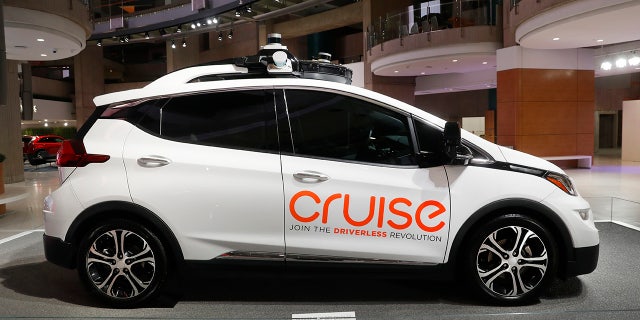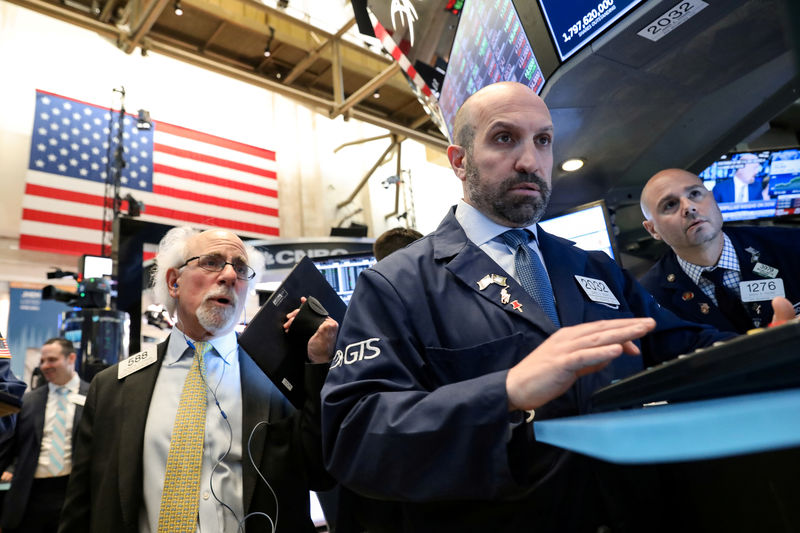
Uber and Lyft drivers are logging off ride-hailing apps and taking to the streets in cities around the world Wednesday to protest against working conditions and wages.
The protests come ahead of Uber's anticipated IPO (initial public offering) on the New York Stock Exchange on Friday which could put the ride-hailing firm's valuation as high as $91.5 billion.
In the U.K., drivers planned a nine-hour boycott of the Uber app from 7:00 a.m. to 4:00 p.m. local time in London, Birmingham, Nottingham and Glasgow. Hundreds of drivers are also expected to protest outside Uber's London headquarters on Wednesday afternoon.
Fares in London were surging at 1.8x normal rates as of 9:00 a.m. Wednesday morning, but it's unclear if the surge pricing was related to driver availability or rainy weather conditions.
Drivers are also expected to stage protests against Uber and Lyft in at least eight cities around the U.S., including New York, Chicago and San Francisco. Overnight, the strikes kicked off in Australia with Uber drivers in Sydney, Brisbane and Melbourne staging brief protests, according to Australia's Transport Union.
The London protests were organized by the United Private Hire Drivers Branch (UPHD) of the Independent Workers Union of Great Britain (IWGB), who say Uber's executives will benefit from the massive IPO while drivers remain underpaid.
The U.K. drivers are demanding fares to increase to £2 ($2.60) per mile, up from the current rate of £1.25 per mile in London. The unions also want to lower the commission they pay Uber per ride from 25% to 15%.
"Uber's business model is unsustainable in its dependence upon large scale worker exploitation, tax avoidance and regulatory arbitrage," IWGB said in a statement.
Uber and Lyft drivers are classified as contractors instead of employees, which has exempted them from certain benefits like minimum wage and social security. Both companies acknowledged in their S-1 filings that identifying their workers as contractors is key to their business models.
A 2016 court decision in London ruled in favor of classifying drivers as "workers" who should be entitled to benefits like minimum wage and holiday pay when the app is switched on and they are prepared to take trips. Uber lost an appeal on the case in December and has said it plans to appeal again to the country's Supreme Court.
In a statement Tuesday, an Uber spokesperson said: "Drivers are at the heart of our service — we can't succeed without them — and thousands of people come into work at Uber every day focused on how to make their experience better, on and off the road. Whether it's more consistent earnings, stronger insurance protections or fully-funded four-year degrees for drivers or their families, we'll continue working to improve the experience for and with drivers. "
Meanwhile, a Lyft spokesperson said Tuesday: "Lyft drivers' hourly earnings have increased over the last two years, and they have earned more than $10 billion on the Lyft platform. Over 75% drive less than 10 hours a week to supplement their existing jobs. On average, Lyft drivers earn over $20 per hour. We know that access to flexible, extra income makes a big difference for millions of people, and we're constantly working to improve how we can best serve our driver community."
— CNBC's Lauren Feiner contributed reporting.
https://www.cnbc.com/2019/05/08/uber-drivers-strike-over-low-wages-benefits-ahead-of-ipo.html
2019-05-08 09:17:44Z
52780287870672
/arc-anglerfish-syd-prod-nzme.s3.amazonaws.com/public/JLOVCAZHM5H43ALU7VLZRFHRQ4.jpg)
/arc-anglerfish-syd-prod-nzme.s3.amazonaws.com/public/2QRVZDPUVVFL5IHKQ4MJYAKXOA.jpg)





